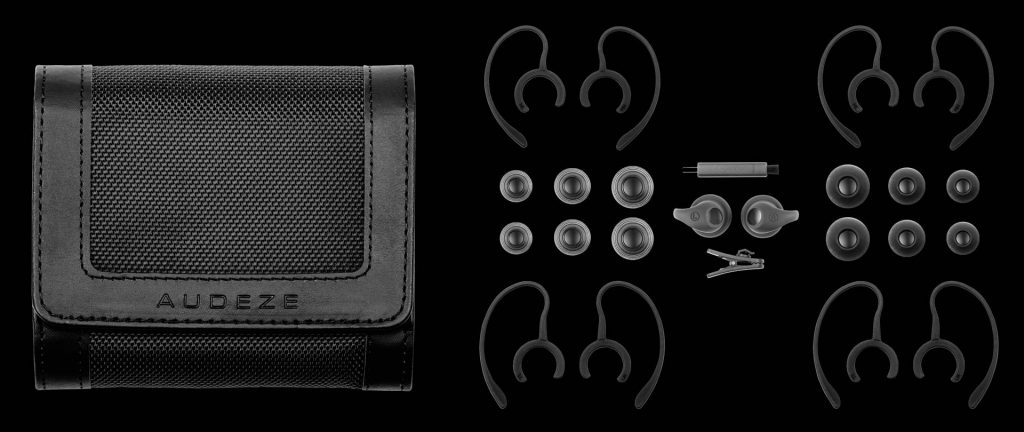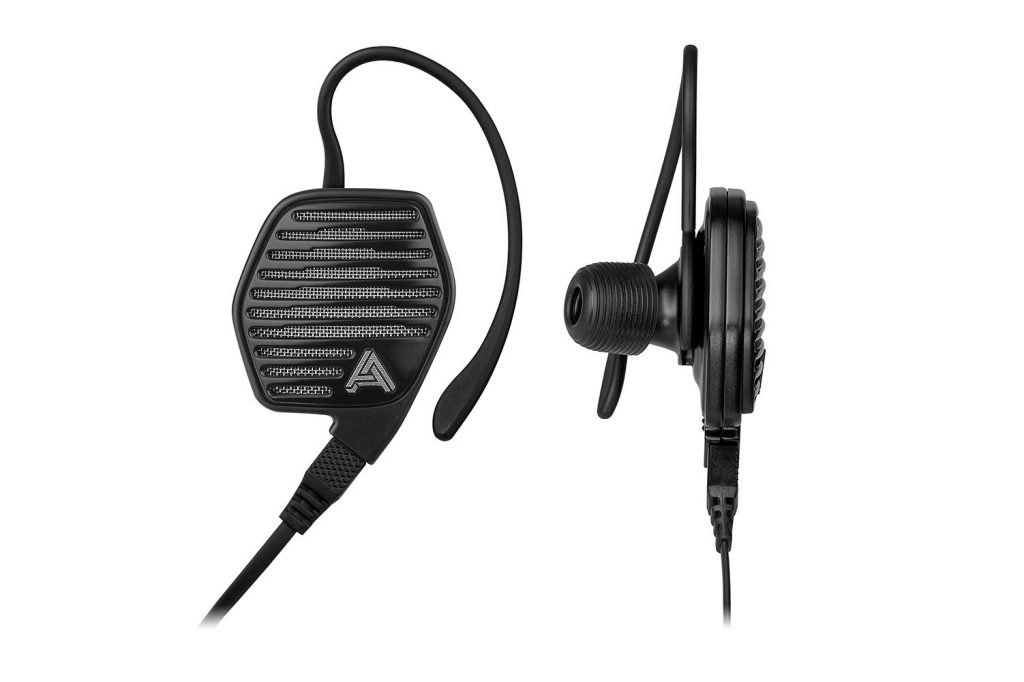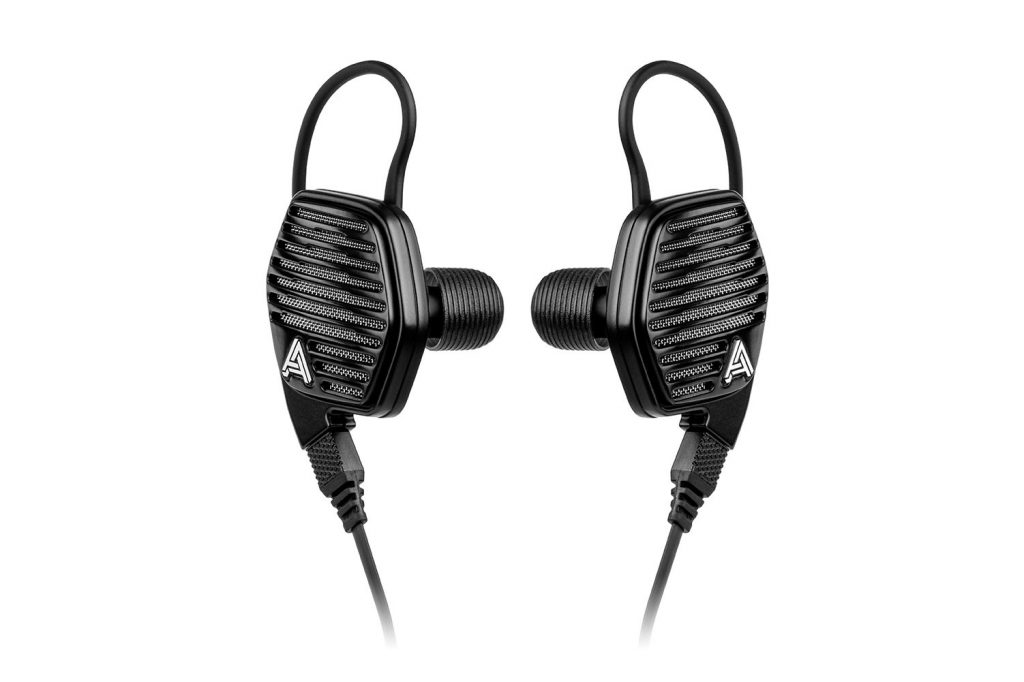In some ways, it’s amazing all the different ways you can improve the sound. There are amplifiers, DACs, better audio players, technology like Waves Nx, and, of course, improved headphones. Over the years I’ve listened to a lot of different headphones at a wide variety of levels, with the latest being Audeze LCDi3 open-back planar magnetic IEM, which boasts some impressive details. After rather an extensive testing across a wide range of devices and situations, are these another hit for Audeze or do they offer a marginal increase in quality for a substantial increase in price?
Typically packaging follows a weird arc. The best packaging is usually found somewhere around the middle in terms of price, with low-end packaging being modest and high-end bland. Most of this relates to what makes sense in terms of optics, as someone might look at the box for Sony’s WH-1000XM4 but an ARCAM receiver is going to sell off of demos and knowledge. Despite the Audeze LCDi3 being a higher-end product, it also had, quite possibly, the most interesting packaging I’ve seen for any of these reviews.

The initial box is a simple white cover that mentions the company name, has the product name in silver letters, and a rather basic sketch of the headphones on the back. Most of the text is a simple explanation that these were made for Apple devices and the usual boilerplate associates with that. Inside is the Audeze LCDi3, housed in another more intricate package that looks like a book cover surrounding a plastic box. The cover is held down by a magnet, with the cover having a small pocket with basic information like the user manual, cipher function guide, quick start guide, and a card mentioning where to find a digital version of all this information. Under the plastic are the headphones in a foam holder and a small pouch containing all the accessories.
Immediately, it’s easy to see a lot of time, effort and thought went into making the LCDi3 headphones. Emptying the pouch reveals a startling number of accessories to make practically any audiophile delighted. These include multiple different clips to loop around your ears, a wide variety of styles and sizes of ear tips, plus a couple of different cords. Given these use a proprietary connection, you’re going to need to use the included cords or adapt them to another type, making this inclusion most helpful. Here you’re given a standard 3.5mm connection, a lightning specific one for Apple users that includes a mic and more functionality, plus another connection that enables a Bluetooth connection. There is also a card with a serial number on it, complete with the back featuring a hand-signed signature confirming they passed inspection.
With all the accessories out, you can now remove the foam packaging holding the headphones and actually use that to securely hold the Audeze LCDi3 in the aforementioned pouch. Naturally, they fit perfectly and the magnetic enclosure leaves them secure, yet easily accessed if you so choose. Similar to the accessories, the actual headphones are well thought out.

Each side is clearly marked left or right, complete with brail for those who can’t see. The back of the headphones is also magnetic, meaning they will come together if you’re using the Bluetooth adapter or just want to securely hold them on the front. Best of all, the tips and clips are easily added or removed, though I faced some extreme issues removing and in some cases inserting the cord. I felt like I was going to break the Bluetooth adapter trying to insert and ultimately remove it from the left side and the struggle resulted in one of my hooks breaking. Since they are meant to be removed it isn’t a big deal, though I strongly suggest being careful swapping between cords. I did find repeatedly changing them made it easier to insert or remove.
After a fair bit of fiddling around with the Audeze LCDi3, I found the ideal combo and they fit snug in my ear and easily remained in place. I found they were too loose without the ear hooks and the wrong tip increased the sound bleed, along with causing them to bounce around a bit more. If one type doesn’t work, I strongly suggest trying them all until you find the ideal combo.
Once everything is in place, it’s time to actually use these headphones. Having listened to so many different products at a wide variety of levels, this was an impressive sound experience across the board. Given these are open-back headphones, some sound makes it way outside and can be heard. At max amplification from just my iPhone, so not even an amplifier or anything, I could still make out the sounds of my headphones in a quiet space a good 15 or so feet away. Personally, I found them overwhelming at around 30 percent volume, so I don’t think anyone will ever listen to them that loudly, but keep that in mind. They also offer little to no isolation on their own. I had no issues maintaining a conversation with them on, so if those around you are a concern, these might pose a problem.

That said, the sound quality is really something else. When playing music I was hearing far more details, even with lower quality sources, making them fun to rediscover my favorite songs. The sound stage feels fairly spacious and able to create multiple levels of separation allowing every song to stand on its own. Even without a DAC or amplifier, I found myself rocking out and enjoying a lot more range than I typically get out of the headphones I test with fairly basic sources.
Interestingly enough, I also started using these with a wide number of games and they were able to beat out most headphones I attempted. Just based off the sound stage alone I was able to easily pick up on where enemies were coming in Rogue Company, or feel the dark horrors of Hellpoint. In terms of sound fidelity, they couldn’t be beat, though my HyperX Cloud Orbit S still offered greater immersion. Still, when paired with even my DualShock 4 they performed extremely well and with a DAC and amplifier, it’s hard to imagine going back to more humble offerings.
iPhone users will likely be delighted to know the included lightning cable also makes things really simple. The included cord doesn’t need a dongle and has Siri and microphone support, meaning you can jam out to high-quality sounds or enjoy an amazing voice feed. Even with a basic headphone dongle they still performed very well, it was just the lack of voice functionality that stood out.

Unfortunately, Bluetooth offered a more enclosed experience. Without extensive testing of the wired sound, I probably would’ve still liked it but it really can’t compare to the full experience. That said, if you’re using them to work out or just casually on the go, it will still do a better job than something like AirPods or something of the like.
Even if the Audeze LCDi3 performed extremely well in most situations and offer great sound across a wide variety of levels, they were a bit bright. They can achieve highs very well, but without some adjustment, I had issues listening to them for more than an hour or two. Upon finding the right balance though, it’s hard to beat.
Audeze LCDi3 Verdict
Having spent a lot of time testing the Audeze LCDi3 and listening to a wide variety of music and options, I think I can safely say they’re the best pair of headphones I’ve ever used. I had very few things that could match the sound quality and nothing that could touch the overall attention to detail. Despite the high price, these feel like an all-in-one solution that gives people a little something for everything. I got a great fit, a wide variety of connection options, and even Bluetooth right outside of the box and that alone makes them easy to see the value in. Toss in an incredible range and absurd details with even modest sources and I legitimately can’t think of a reason not to recommend them to someone and that alone says a lot.
[Editor’s Note: Audeze LCDi3 was provided to use for review purposes.]

